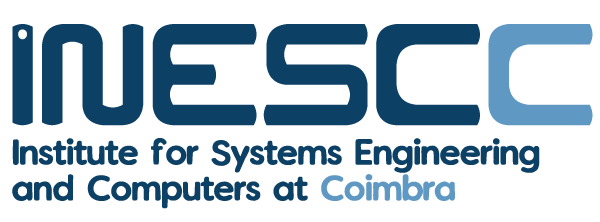Software
Supplementary material to the book “Multiobjective Linear and Integer Programming”, EURO Advanced Tutorials on Operational Research, Carlos Henggeler Antunes, Maria João Alves, João Clímaco
Interactive software package to deal with linear programming problems with multiple objective functions, which includes: – scalarizing processes for computing efficient solutions based on weighted-sums, reference points and constraints on objective function values; – distinct solution search strategies and visualization of results obtained with the TRIMAP method; – STEM, ICW and Pareto Race interactive methods.
The version available for download is limited to 6 objective functions, 100 decision variables and 100 functional constraints.
Interactive software package to deal with mixed-integer linear programming problems with multiple objective functions implementing the interactive reference point method using branch-and-bound (Section 6.4.1), also including the generating algorithm for bi-objective problems (Section 6.4.3) and a set of tools that can be used at any phase of the decision support process.
The version available for download is limited to 6 objective functions, 100 decision variables and 100 functional constraints.
- Second iteration of the Zionts and Wallenius Algorithm (Section 4.3.4)
Decision Deck
The Decision Deck project aims at collaboratively developing Open Source software tools implementing Multiple Criteria Decision Aid (MCDA). These software components implement the common functionalities of a large range of multiple criteria decision aid methods, which already include IRIS and VIP Analysis.
Software for decision support concerning a list of alternatives described by multiple attributes
IRIS – Interactive Robustness analysis and parameters’ Inference for multicriteria Sorting problems
This software has been built to support the assignment of actions (alternatives, projects, candidates) described by their evaluation (performance) at multiple dimensions (criteria) to a set of predefined ordered categories, using a pessimistic variant of the ELECTRE TRI method. Rather than demanding precise values for the ELECTRE TRI parameters, IRIS allows to enter constraints on these values, namely assignment examples that it tries to reconstitute. It adds a module to identify the source of inconsistency among the constraints when it is not possible to respect all of them at the same time. On the other hand, if the constraints are compatible with multiple assignments for the actions, IRIS allows to draw robust conclusions by indicating the rangeof assignments (for each action) that do not contradict any constraint.
VIP – VIP (Variable Interdependent Parameters) Analysis
This software considers the aggregation of multicriteria performances by means of an additive value function under imprecise information, when the decision makers are not able to (or do not wish to) fix precise values for the importance parameters. These parameters can be seen as interdependent variables that may take several values subject to constraints. VIP Analysis incorporates multiple tools of analysis for these situations. It proposes a methodology based on the progressive reduction of the number of alternatives and the parameters imprecision, introducing a concept of tolerance that lets the decision makers use some of the tools in a more flexible manner.
Software for decision support concerning multiobjective mathematical programs
LinearTri
Software package to classify, according to Electre TRI method, non dominated solutions of multiobjective linear integer programming problems. Please contact Rui Lourenço (ruiloure at fe.uc.pt) or João Paulo Costa (jpaulo at fe.uc.pt).
InterFractional
Software package to compute nondominated solutions of multiobjective linear fractional programming problems. Used techniques: interactive; weighted sum of the objective functions; reference points. Please contact João Paulo Costa (jpaulo at fe.uc.pt) or Maria João Alves (mjalves at fe.uc.pt).
TRIMAP – Three-Objective Linear Programming
A method for the progressive learning of the nondominated solution set.
The TRIMAP interactive environment is aimed at assisting the decision maker in the progressive and selective search of nondominated solutions, helping him/her to identify and progress towards the solution or set of solutions which more closely correspond to his/her preferences and avoiding an exhaustive search. TRIMAP is based on the decomposition of the parametric diagram (weight space) into indifference regions, also enabling to “translate” constraints on the objective function values into the parametric diagram.

